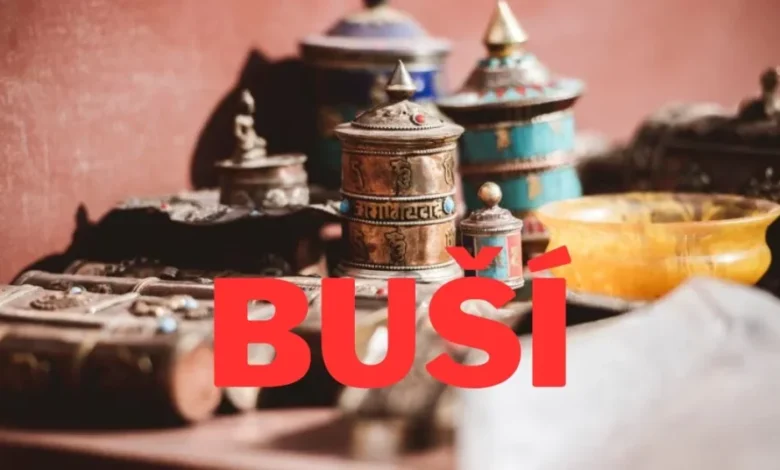Buší: Exploring the Rhythms of Traditional Drumming

The beat of drums resonates deeply, echoing the testimonies, traditions, and spirit of human beings. Among those rhythms, one word stands proud: “buší.” Originating from various corners of the globe, the period encapsulates the essence of conventional drumming, connecting groups via its vibrant sounds and wealthy cultural importance. Join us on a rhythmic journey as we explore the multifaceted international of “buší.”
Unveiling the Origins
To understand the importance of “buší,” we must first delve into its origins. From the African djembe to the South American bombo, and the Asian tabla, traditional drums have been imperative to cultural expression for centuries. The word “buší” itself consists of specific meanings depending on its linguistic and cultural context. In some areas, it signifies the act of drumming, at the same time in others, it refers to the drum itself, serving as a symbol of unity and community.
The Beat of Africa: Djembe and Beyond
In the heart of West Africa, the mesmerizing rhythms of the djembe reign superb. Crafted from a single piece of wood and goatskin, the djembe embodies centuries of subculture and craftsmanship. Used in ceremonies, celebrations, and everyday existence, the djembe’s pulsating beat communicates pleasure, sorrow, and the entirety in among. Beyond the djembe, Africa boasts a various array of drums, each with its specific sound and cultural significance, showcasing the continent’s wealthy musical tapestry.
Latin Percussion: From the Streets to the Stage
In Latin America, the streets come alive with the infectious rhythms of conventional percussion. From the Bombo legüero of Argentina to the congas of Cuba, drums play a crucial role in the location’s vibrant musical historical past. Rooted in African and indigenous traditions, Latin percussion blends tricky rhythms with dynamic improvisation, creating a legitimacy that resonates across borders. Whether in the bustling streets of Rio de Janeiro or the sultry nightclubs of Havana, the beat of Latin percussion captures the spirit of the people.
Asian Traditions: The Melodic Cadence of Tabla and Taiko
Across Asia, traditional drums weave a tapestry of sound that displays the place’s various cultures and traditions. In India, the tabla reigns ideal, its melodic cadence mesmerizing listeners with its difficult rhythms and improvisational flair. Meanwhile, in Japan, the thunderous taiko drums encompass the spirit of the samurai, their booming resonance echoing via the mountains and valleys. From the tabla’s hypnotic melodies to the taiko’s uncooked electricity, Asian drumming traditions provide a glimpse into the soul of the East.
European Percussion: From Folklore to Fusion
In Europe, traditional percussion takes on a myriad of bureaucracy, from the Celtic bodhrán to the Slavic tamburica. Rooted in folklore and lifestyle, those drums have performed a crucial position in shaping the continent’s musical panorama. Yet, European percussion isn’t always constrained to the past, with contemporary musicians incorporating traditional contraptions into contemporary genres, creating a fusion of old and new. Whether in a traditional Irish pub or a modern song competition, the beat of European percussion continues to captivate audiences around the world.
Preserving Tradition: The Role of “Buší” in Cultural Heritage
As the sector becomes increasingly interconnected, the importance of retaining traditional drumming practices has by no means been greater. “Buší” serves as a hyperlink to the past, connecting generations and maintaining cultural history for future ones. Through education, performance, and community engagement, efforts are underway to make sure that conventional drumming traditions continue to thrive within the current world. By honoring the rhythms of the past, we will create a harmonious future that celebrates range and harmony.
Conclusion
In an international filled with noise and chaos, the constant beat of conventional drums offers a sense of grounding and connection to something more than ourselves. From the rhythmic pulse of the djembe to the thunderous roar of the taiko, “buší” transcends language and culture, speaking to the commonplace human revel in. As we continue to discover the sector of conventional drumming, allow us to take into account the power of rhythm to unite, encourage, and uplift us all.




